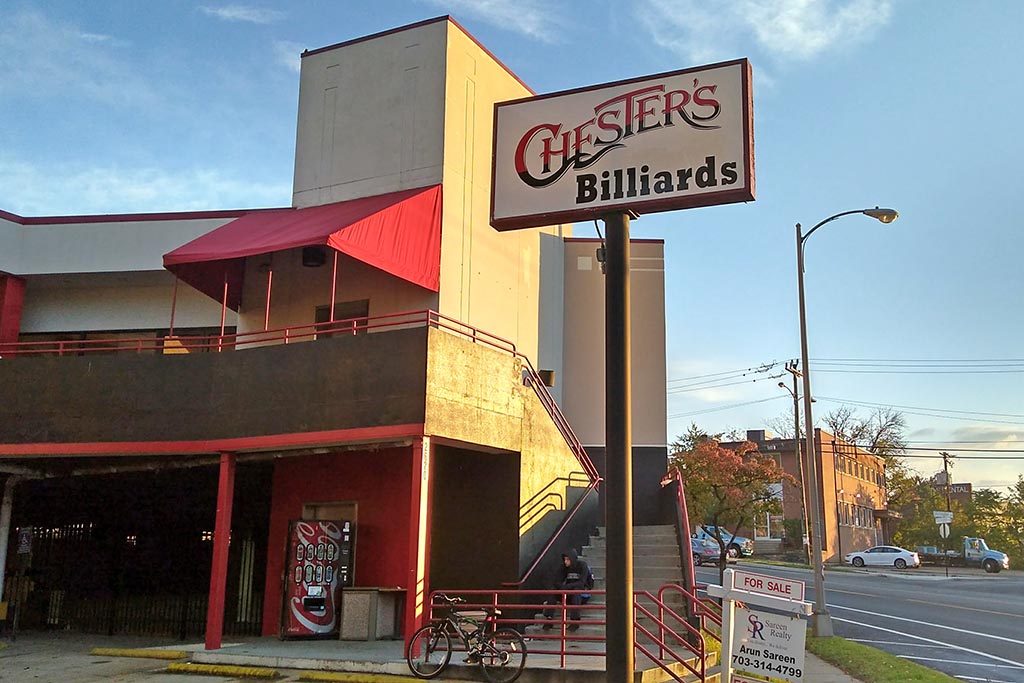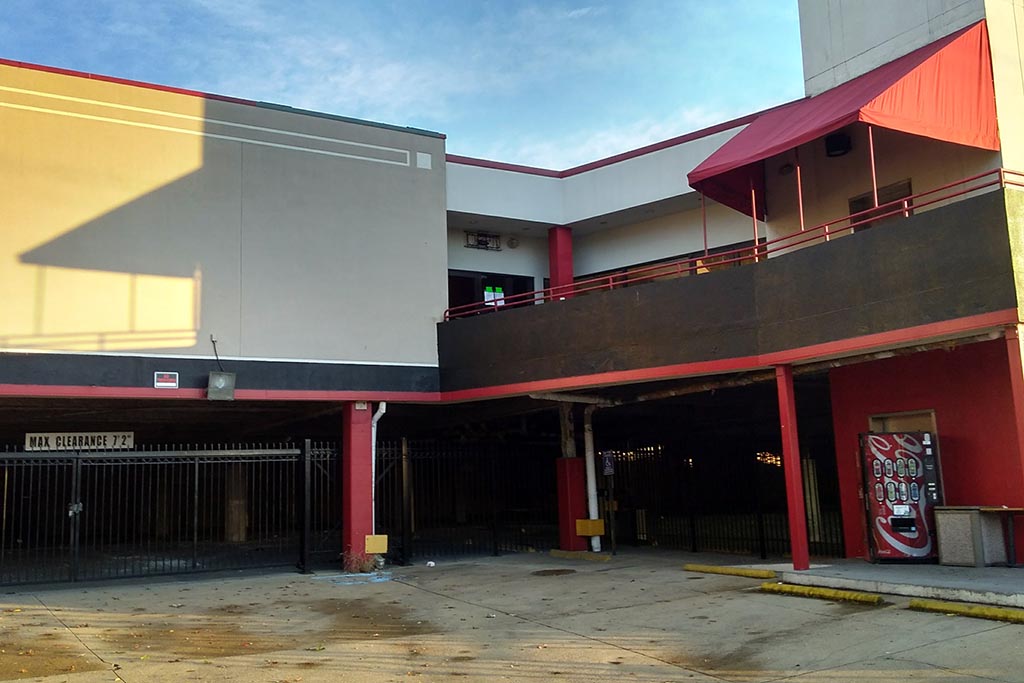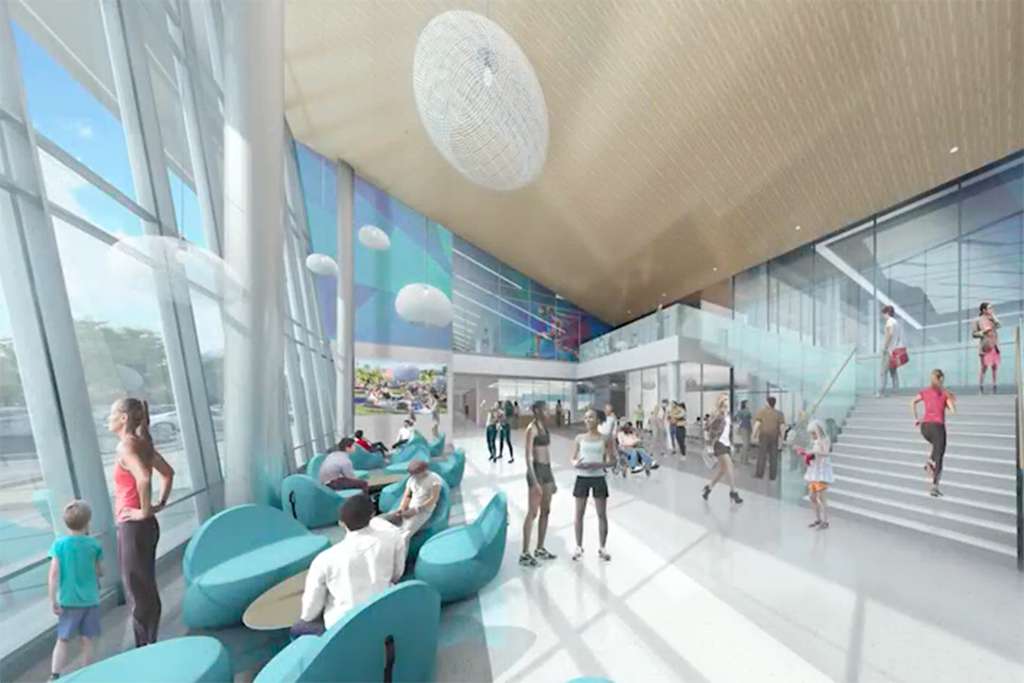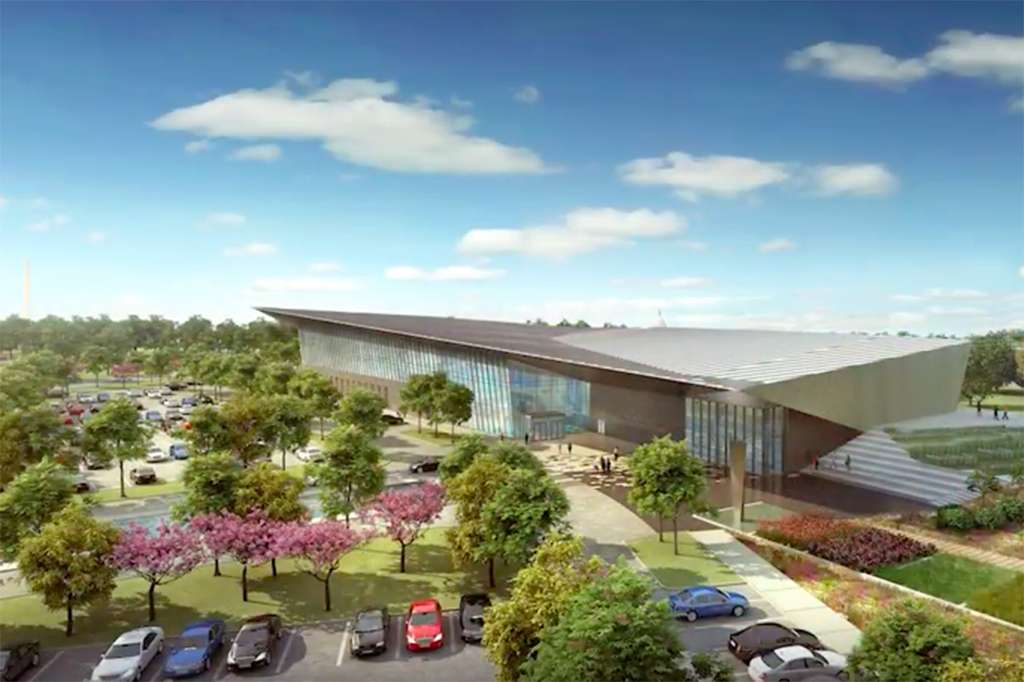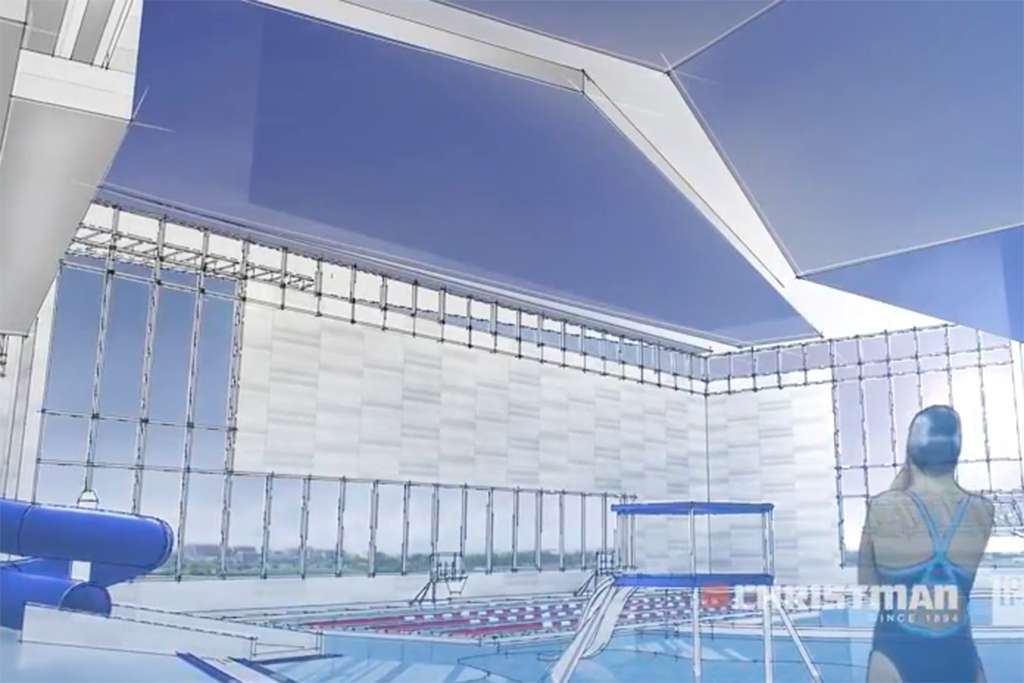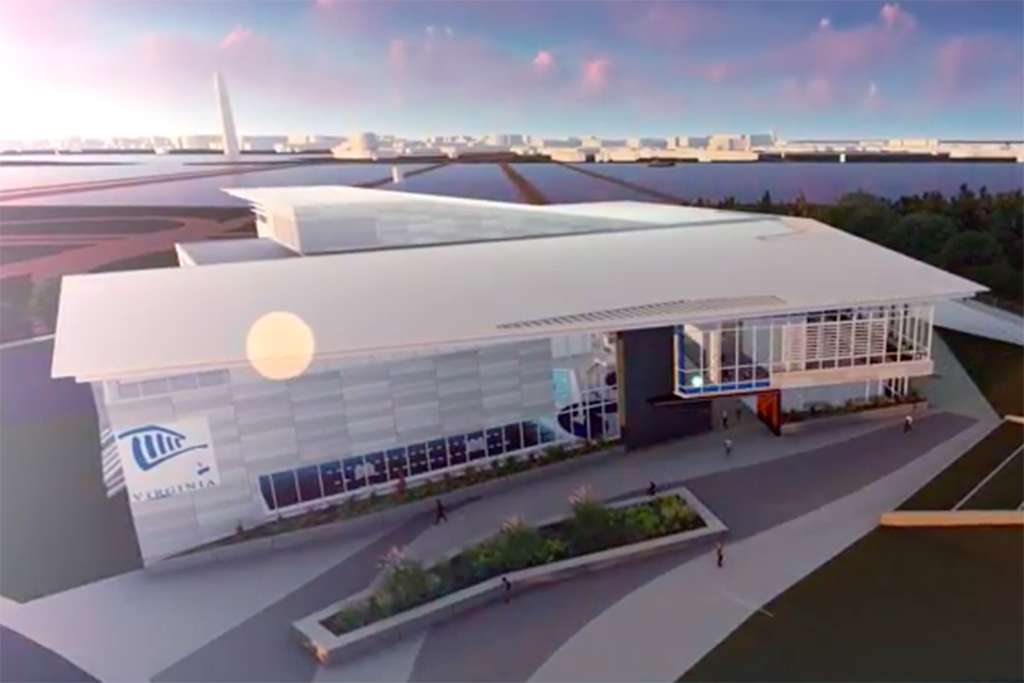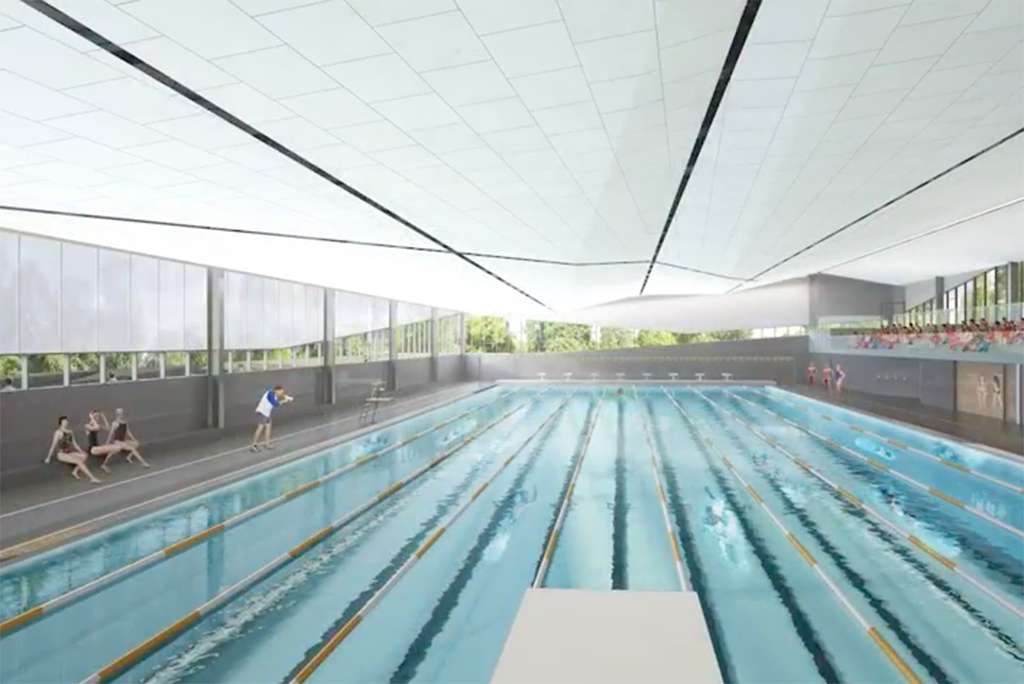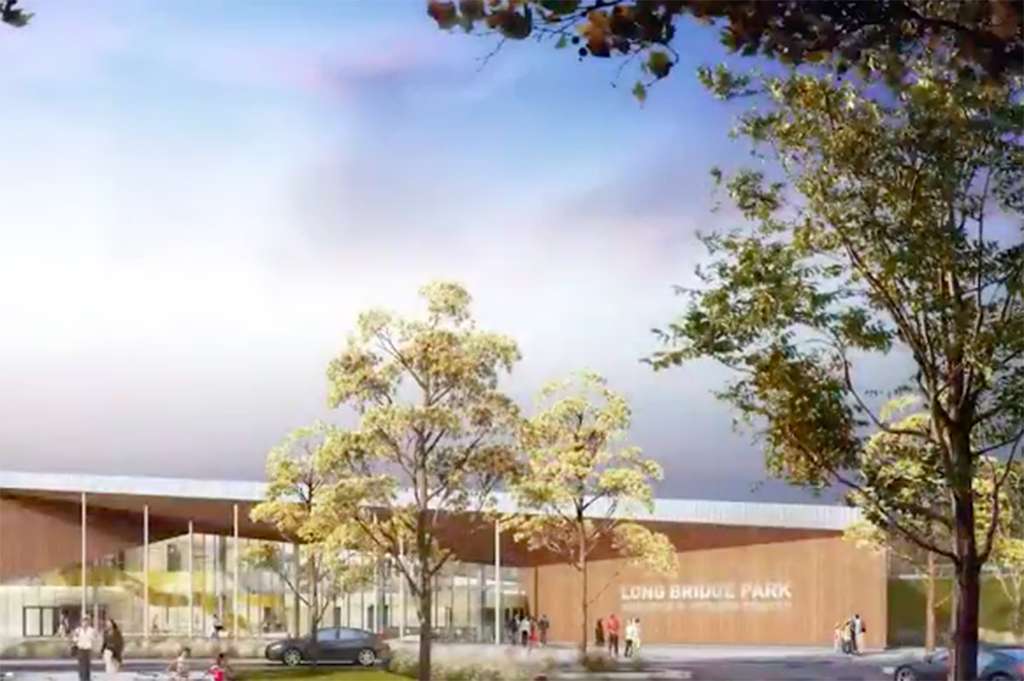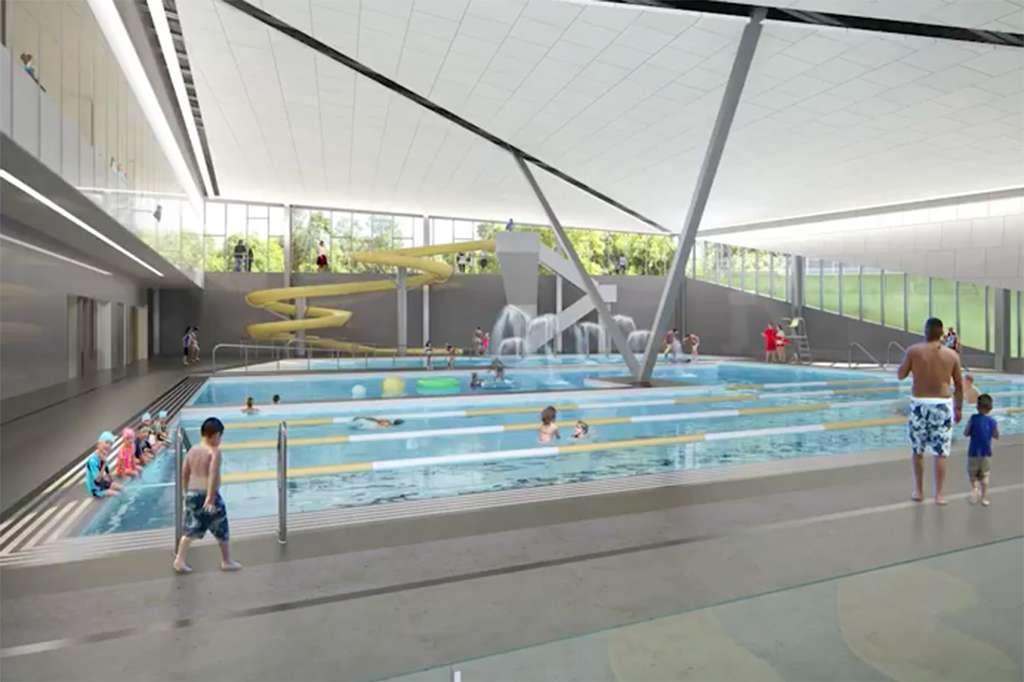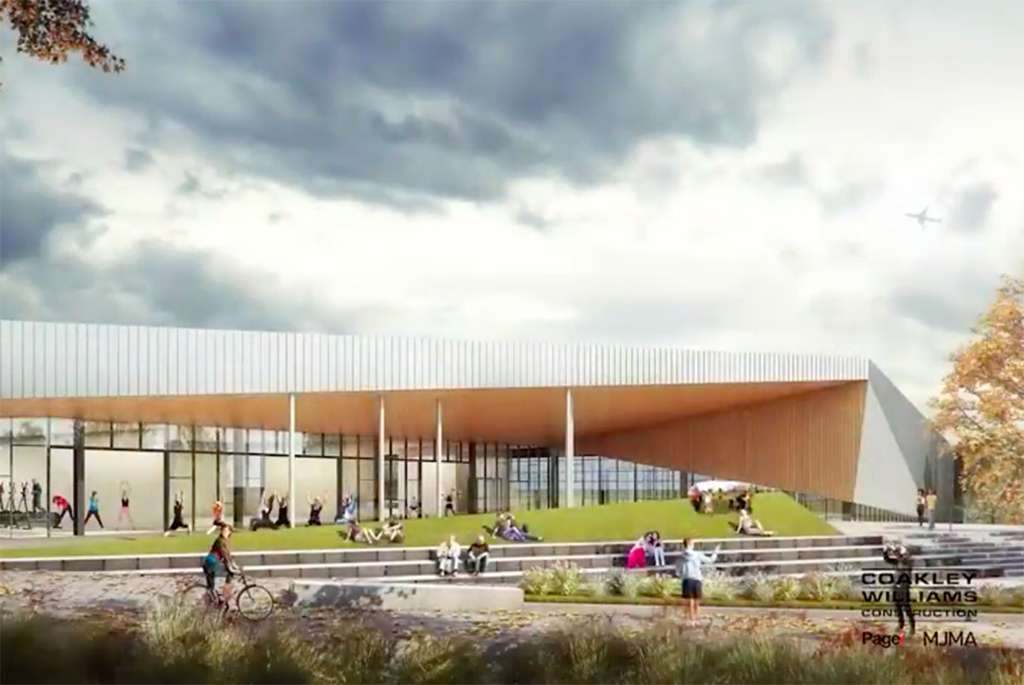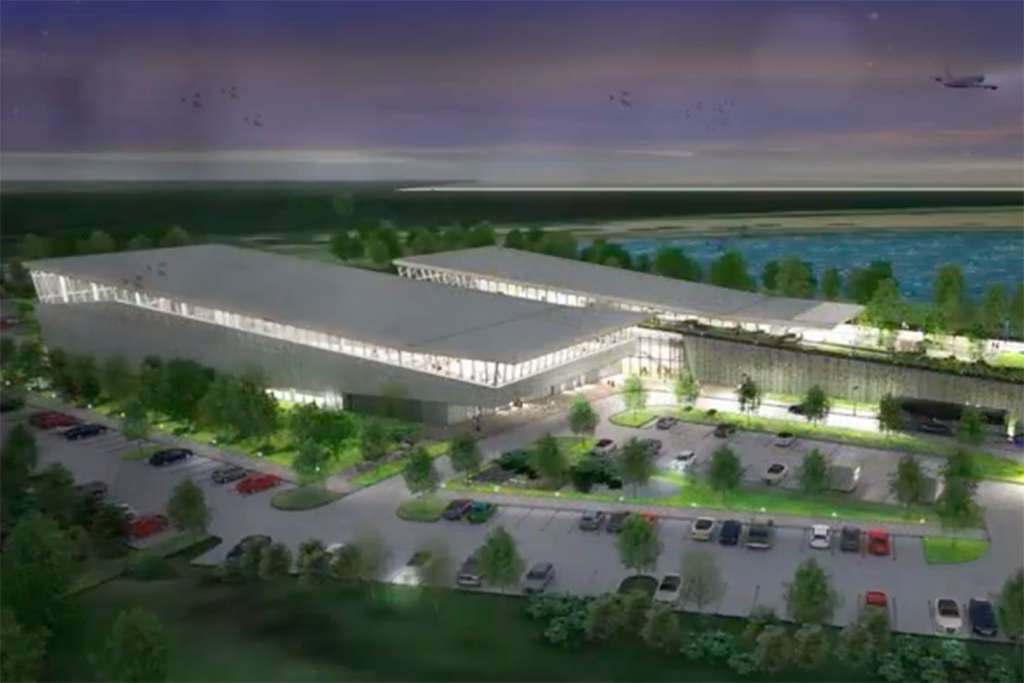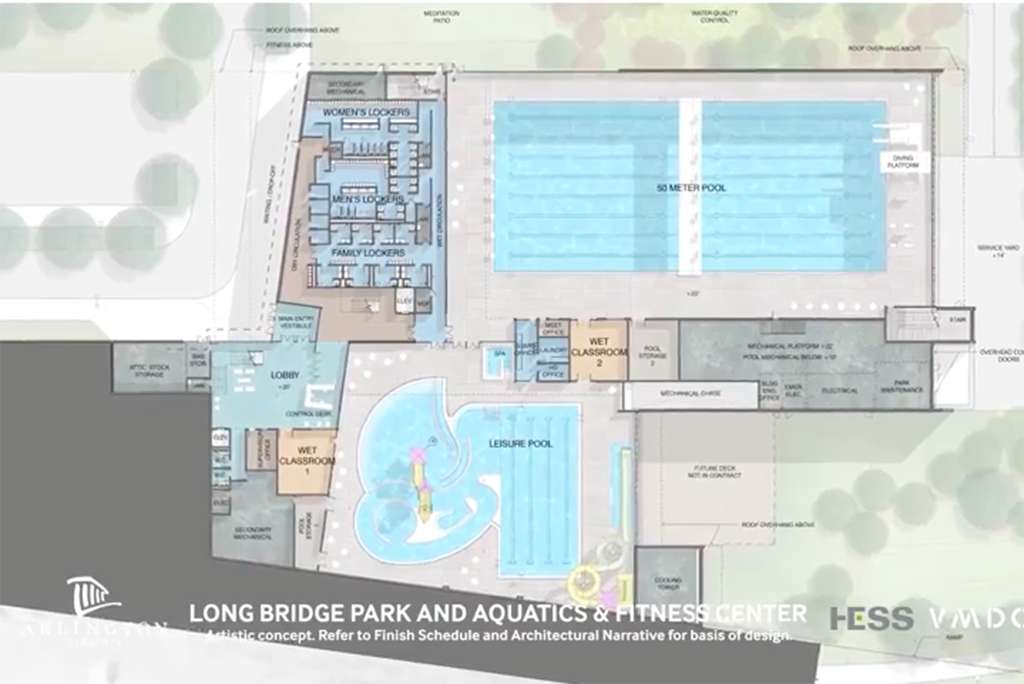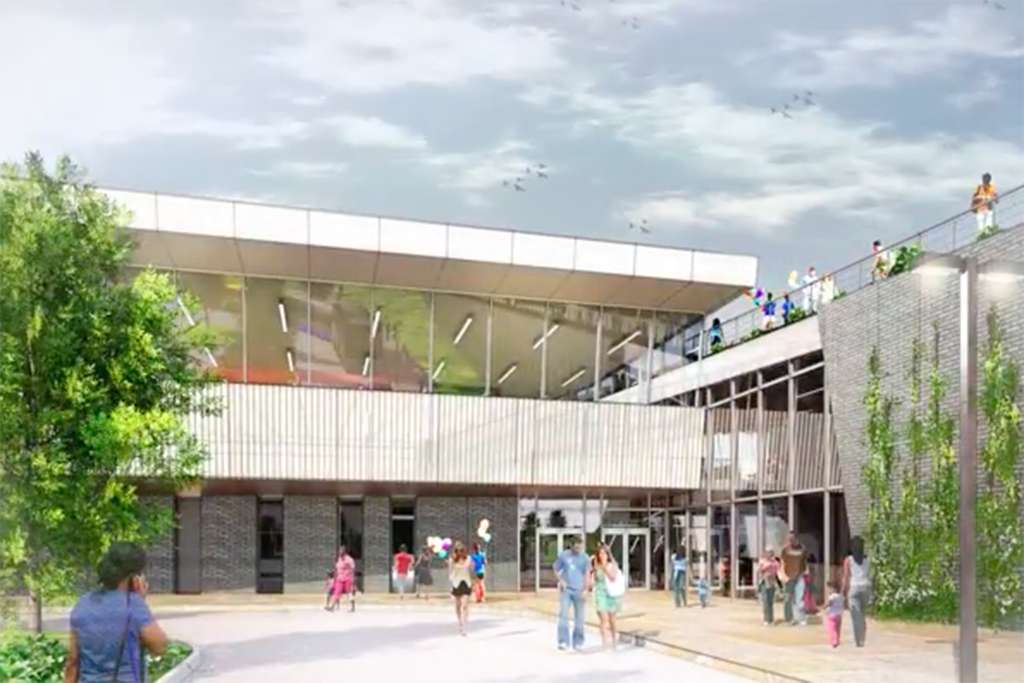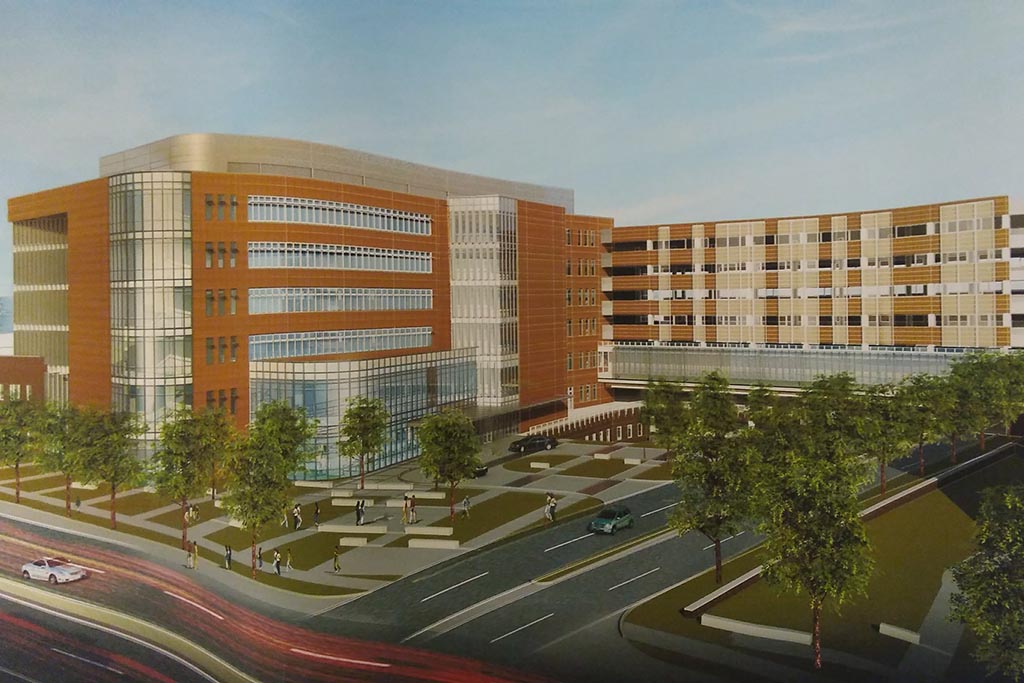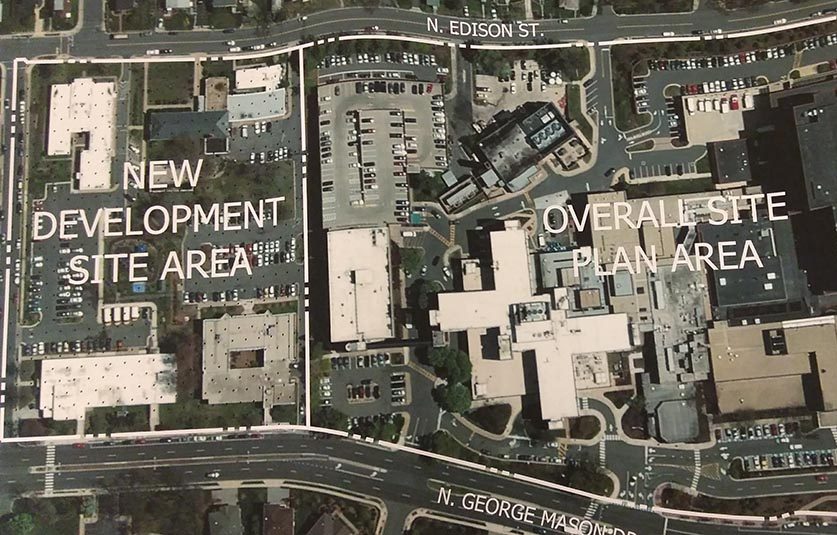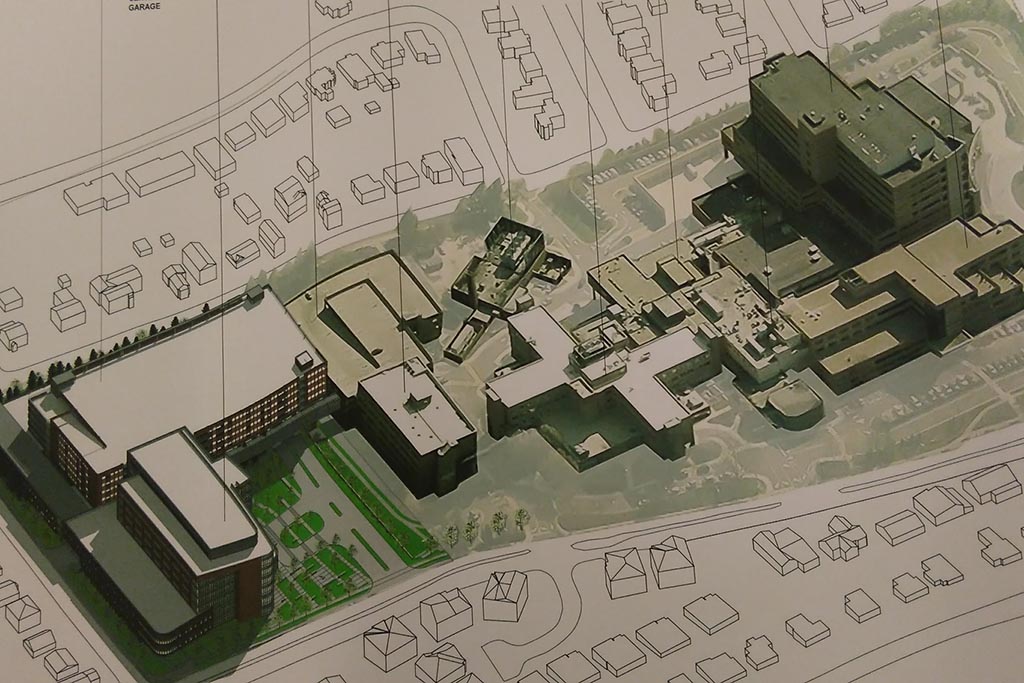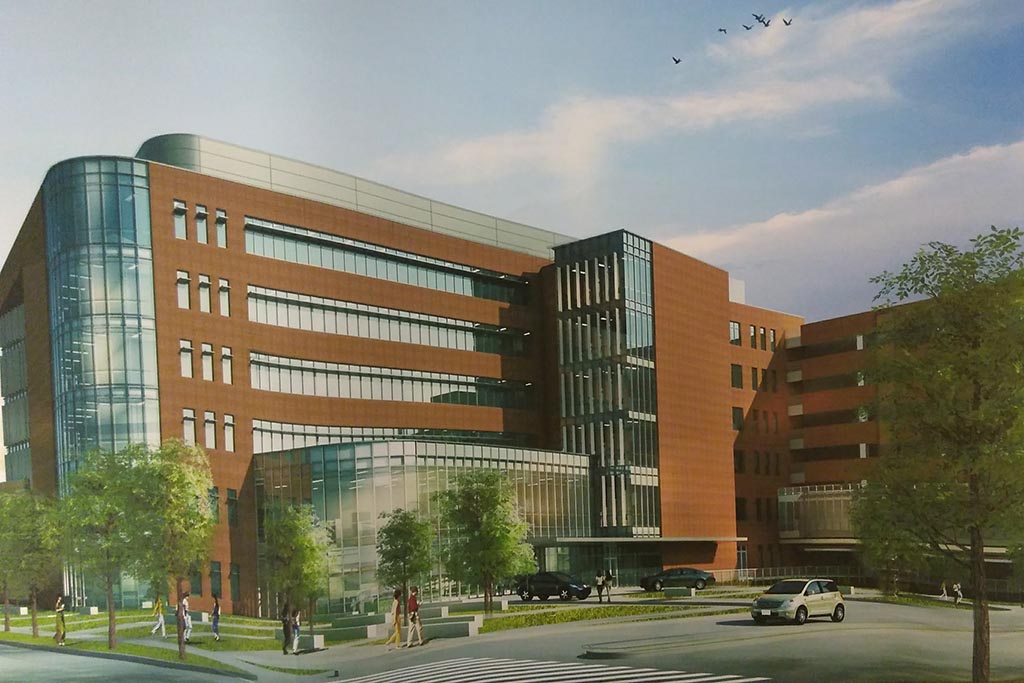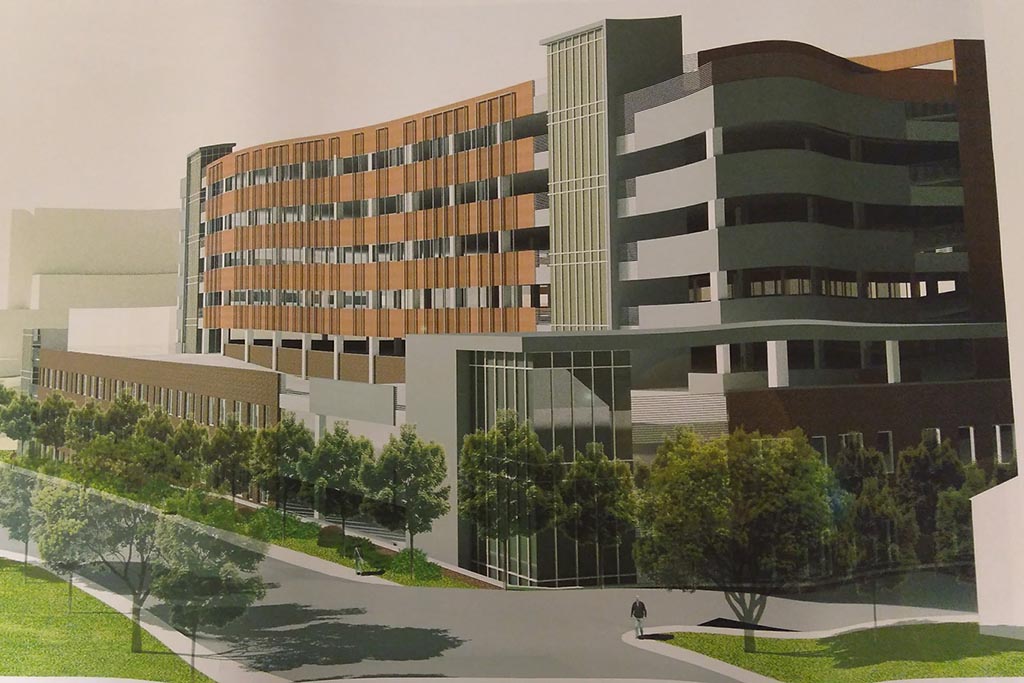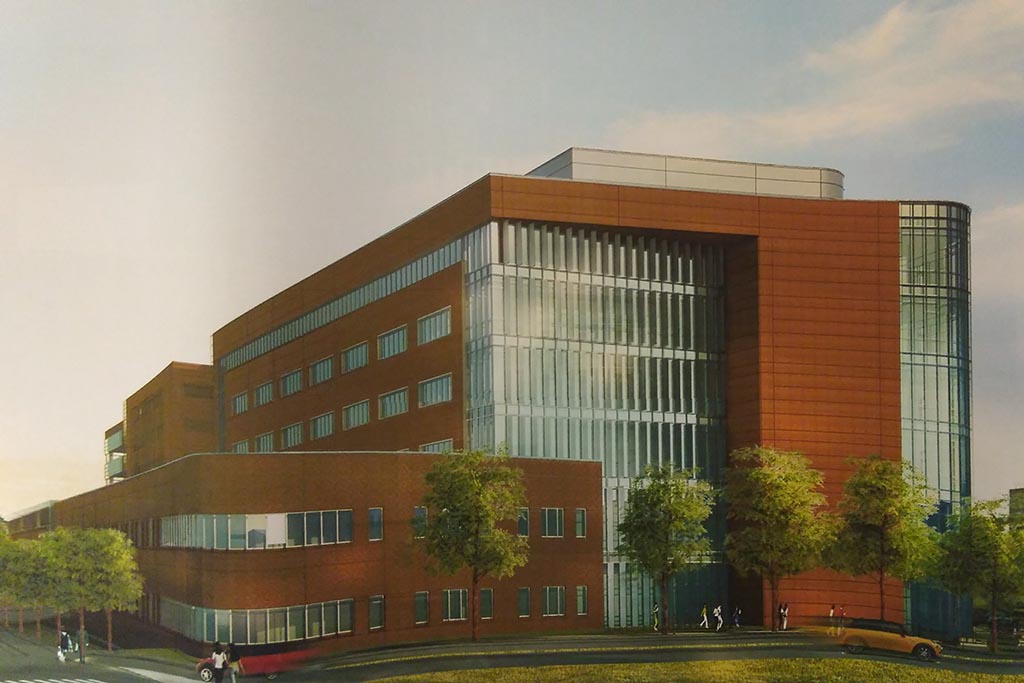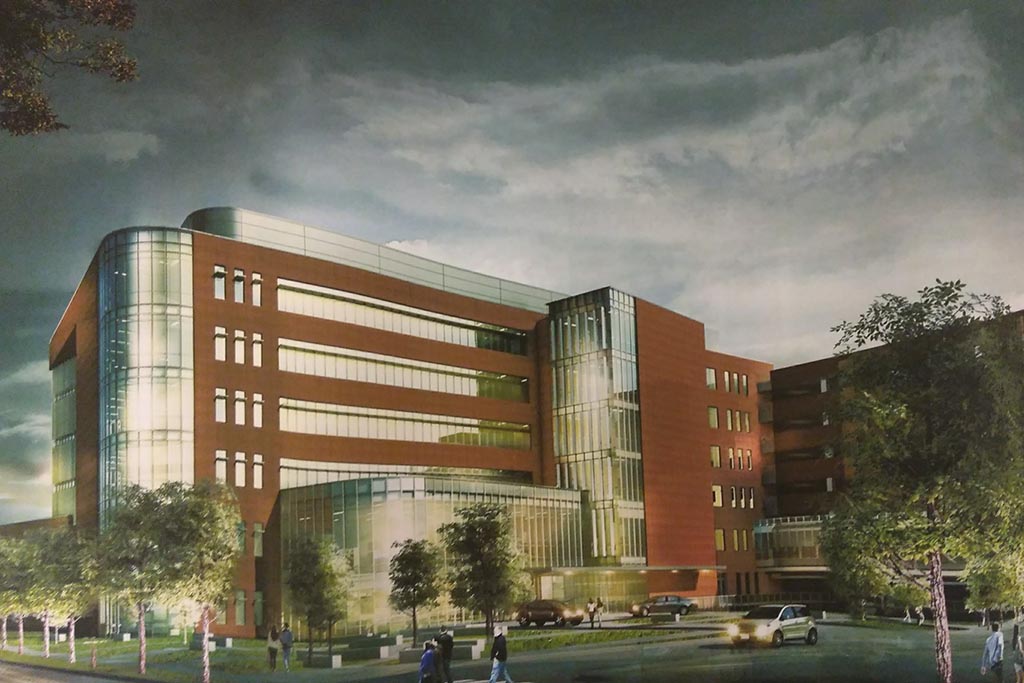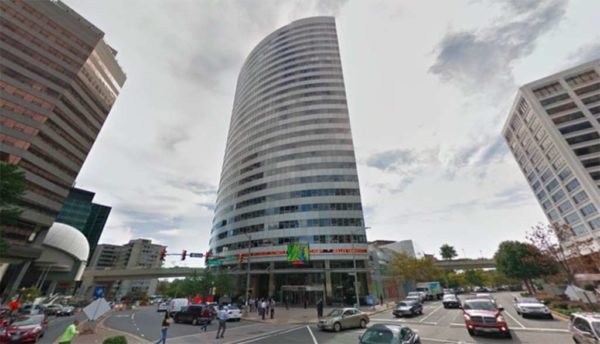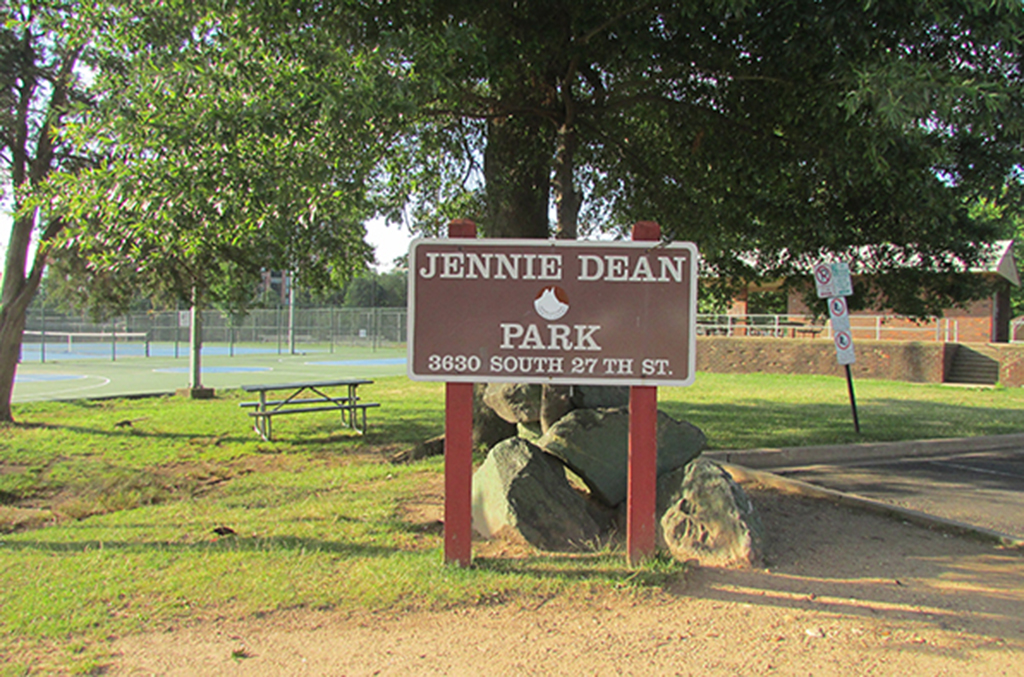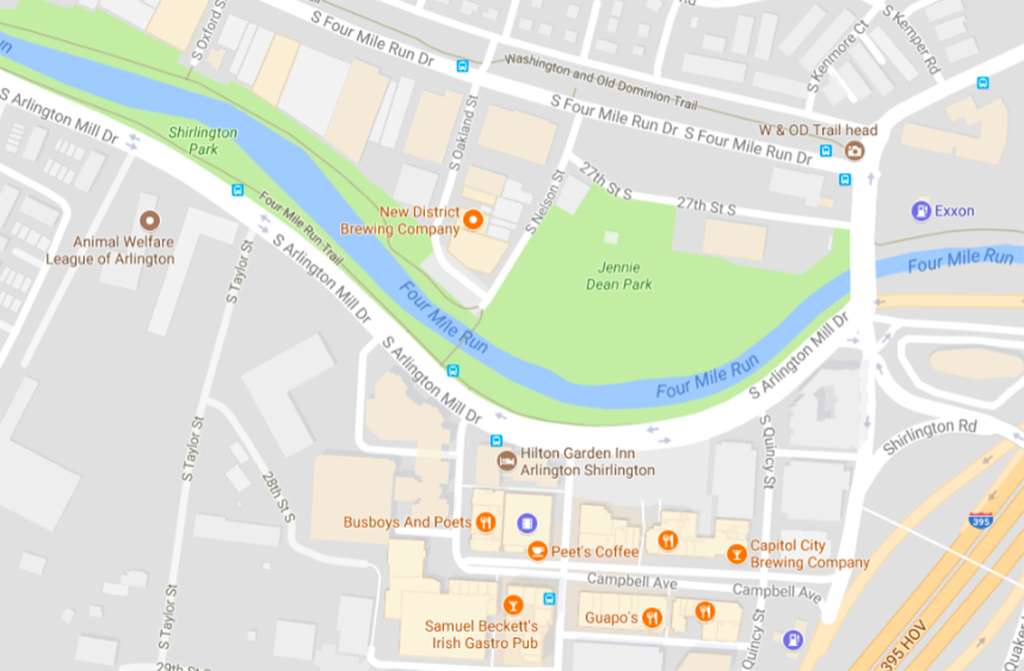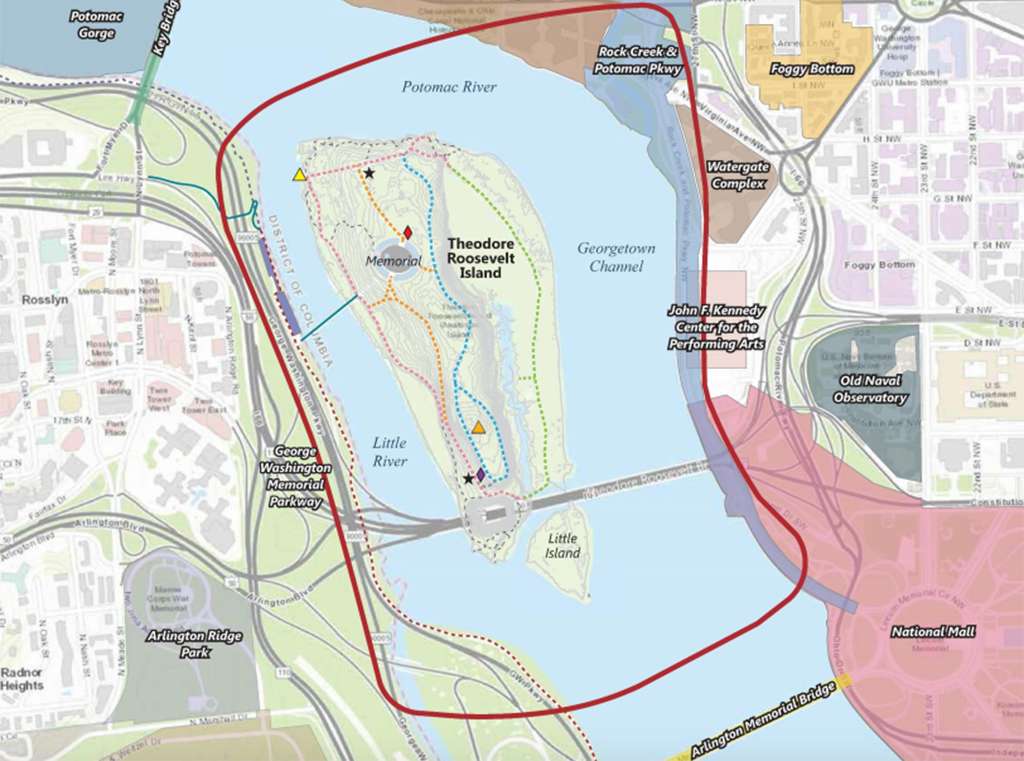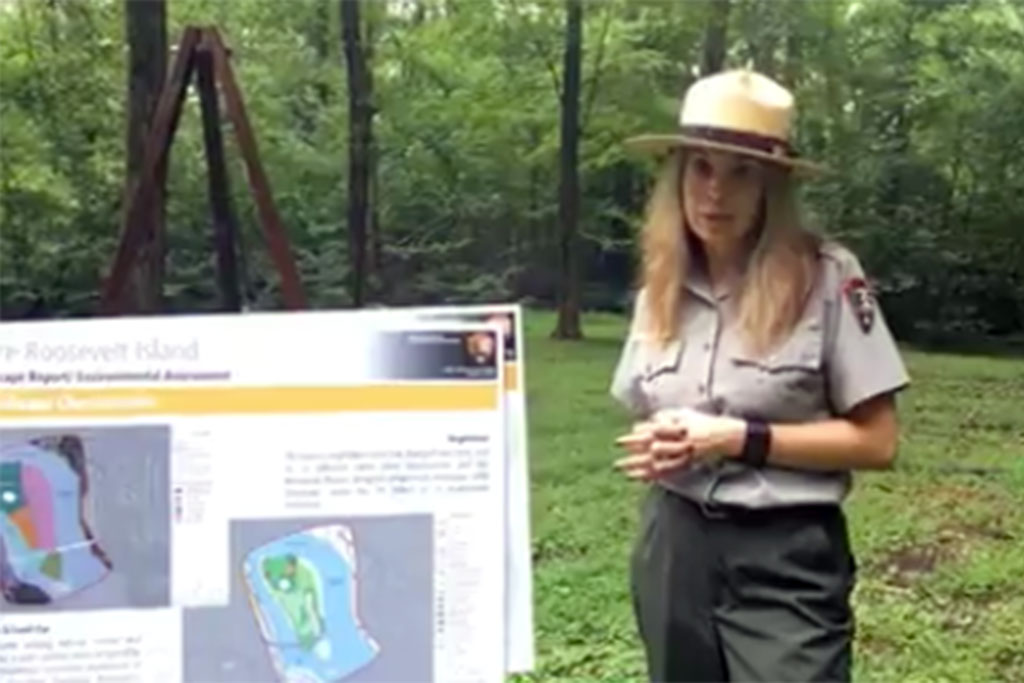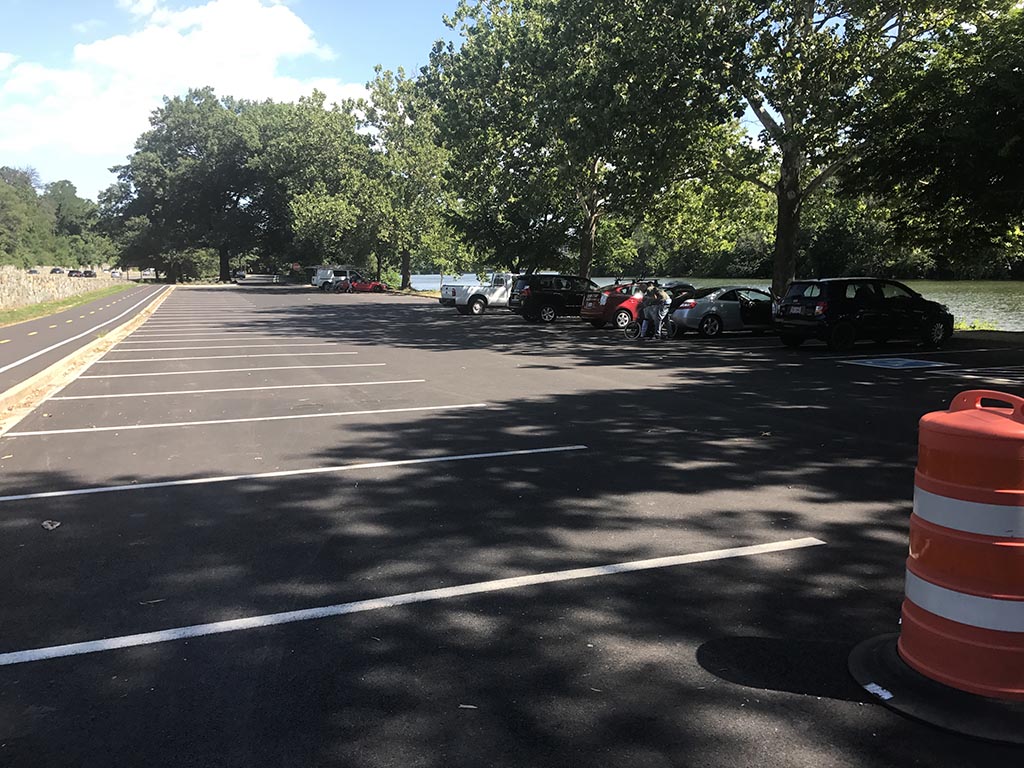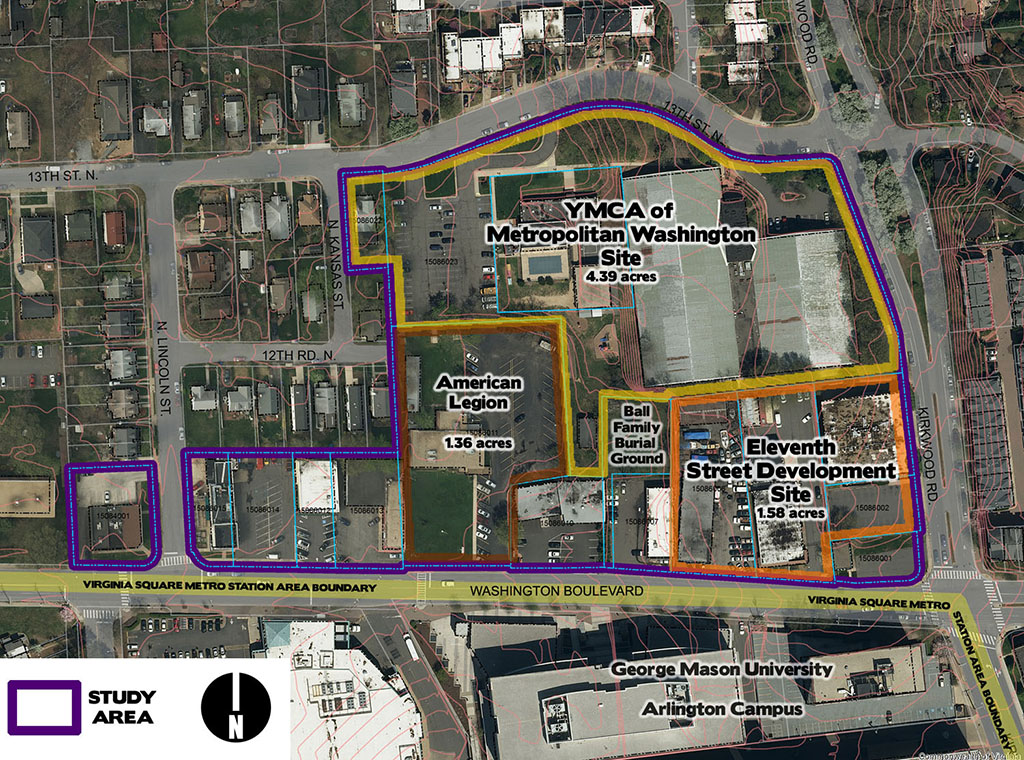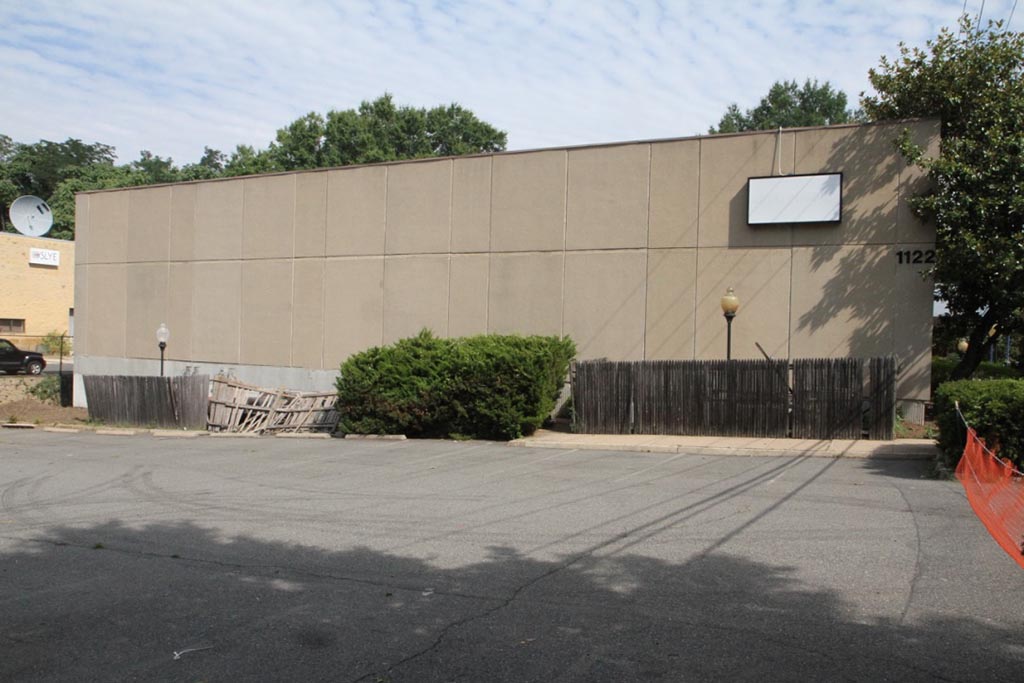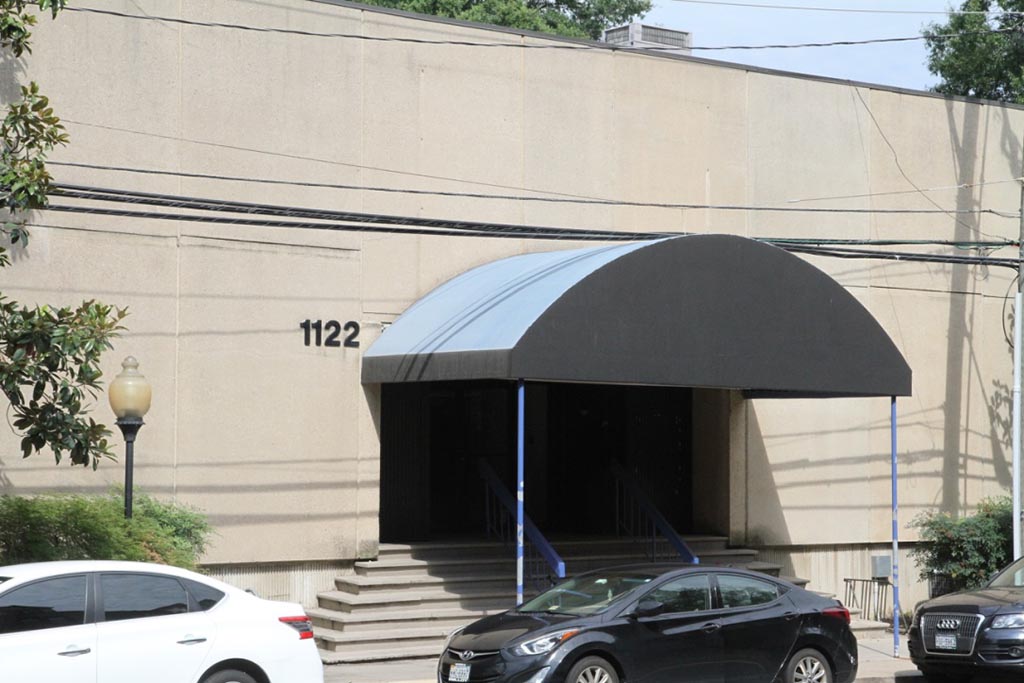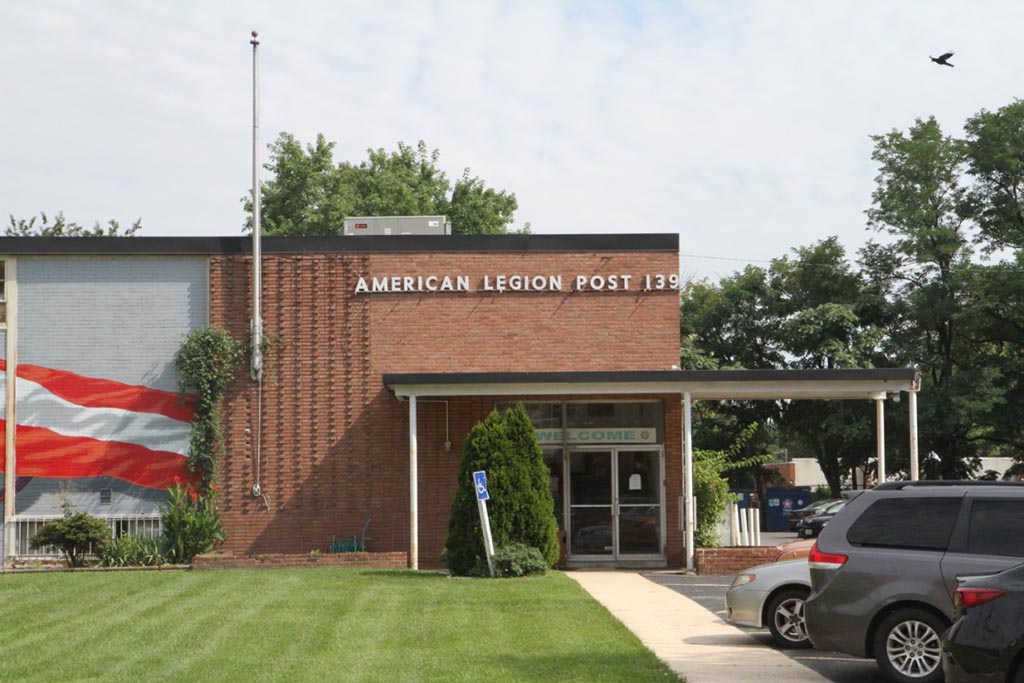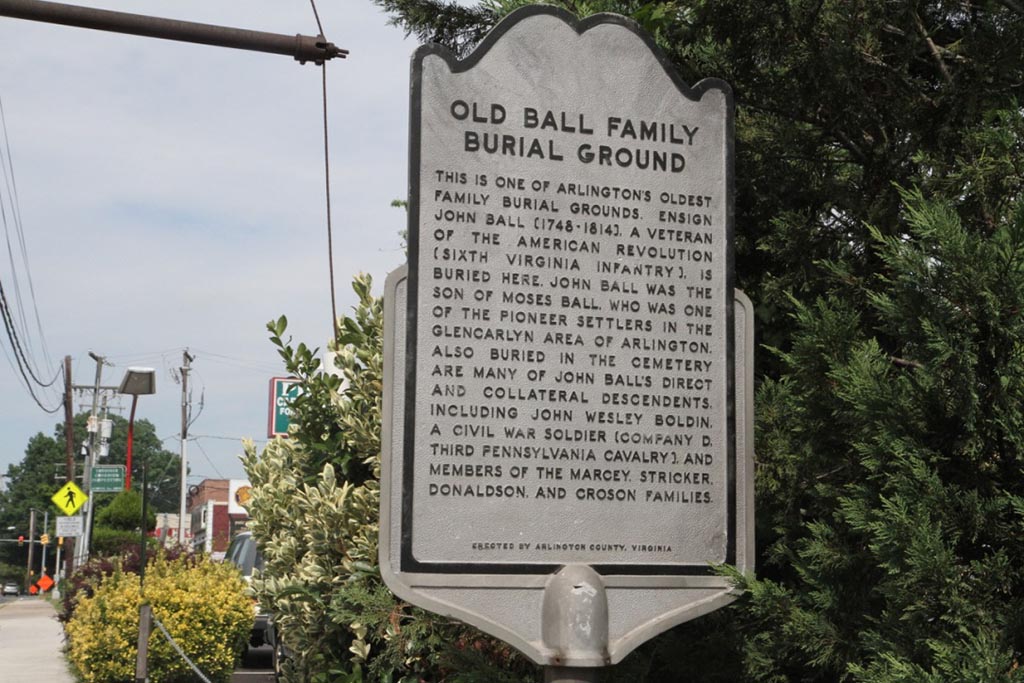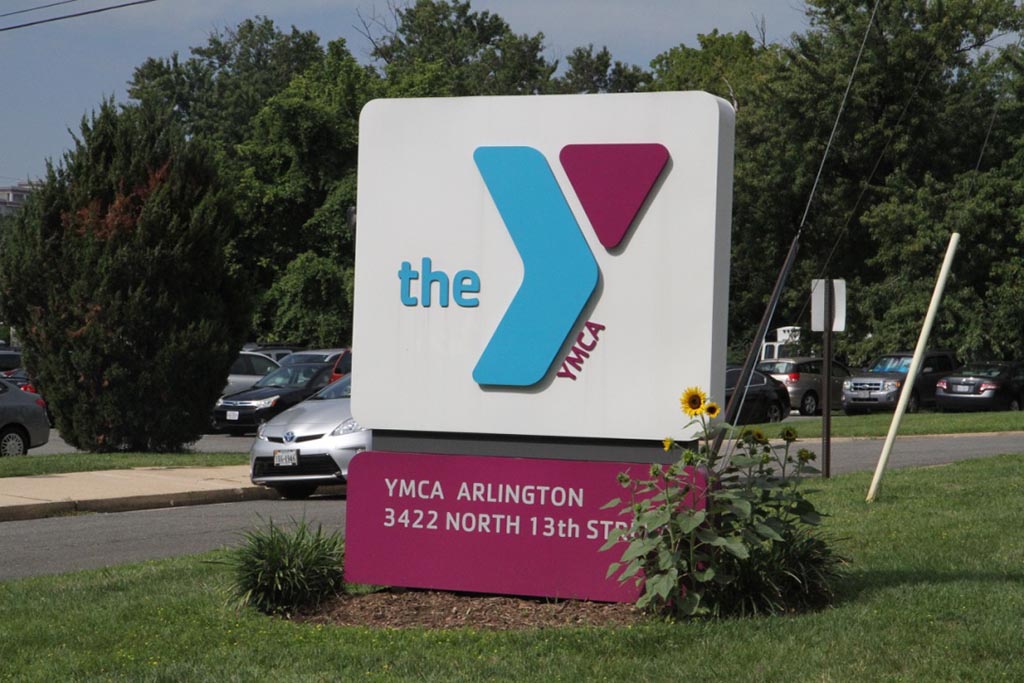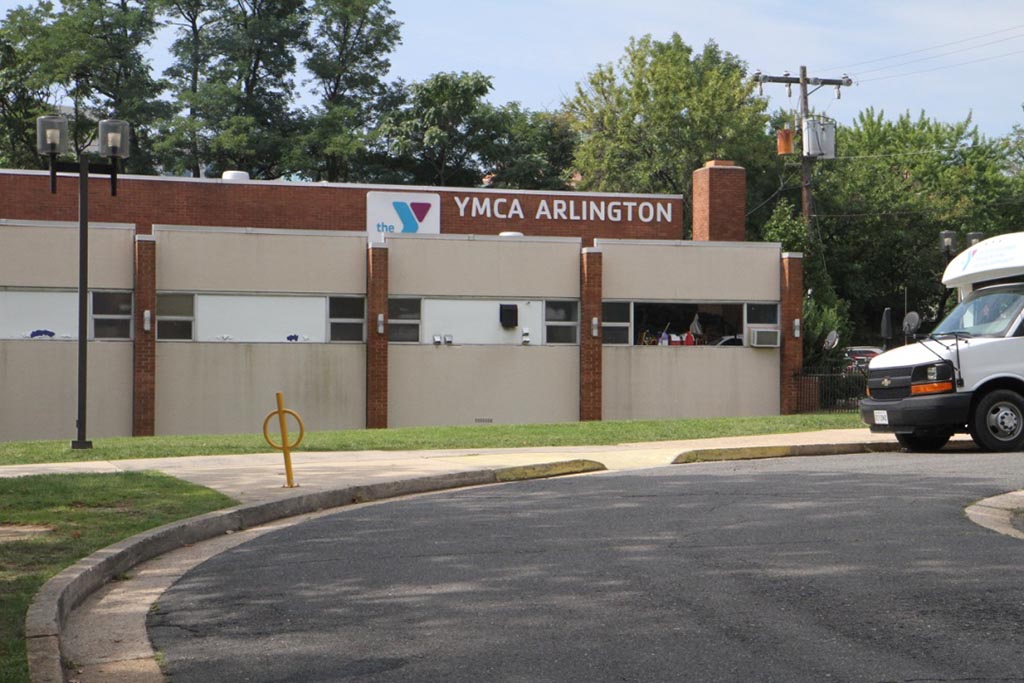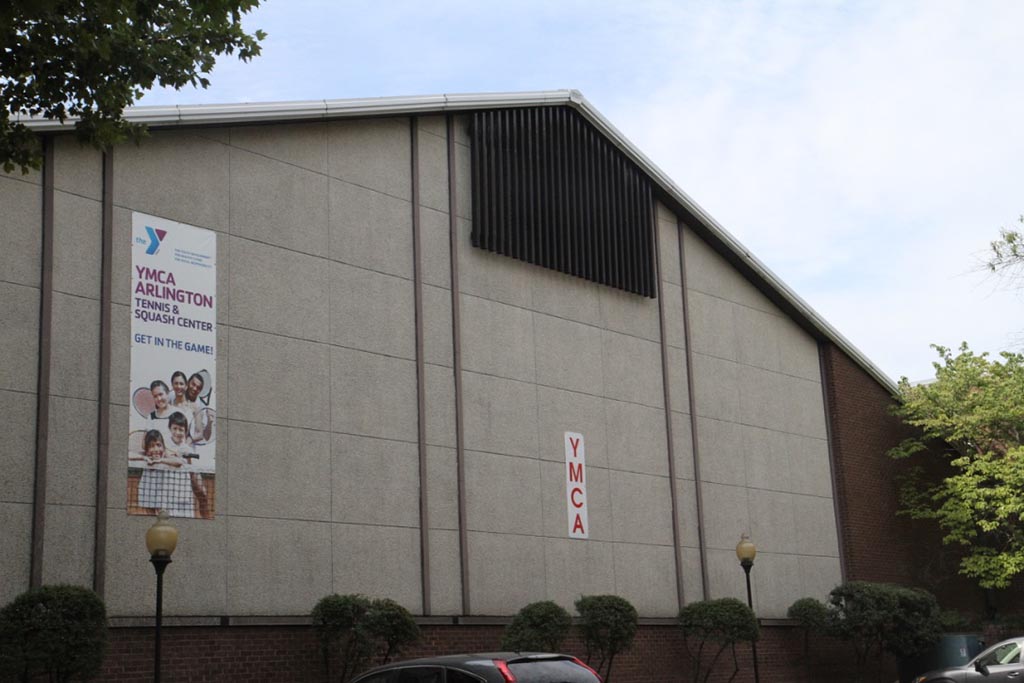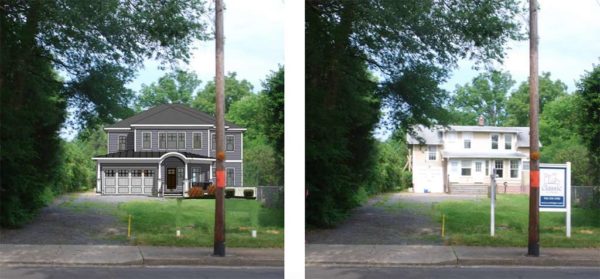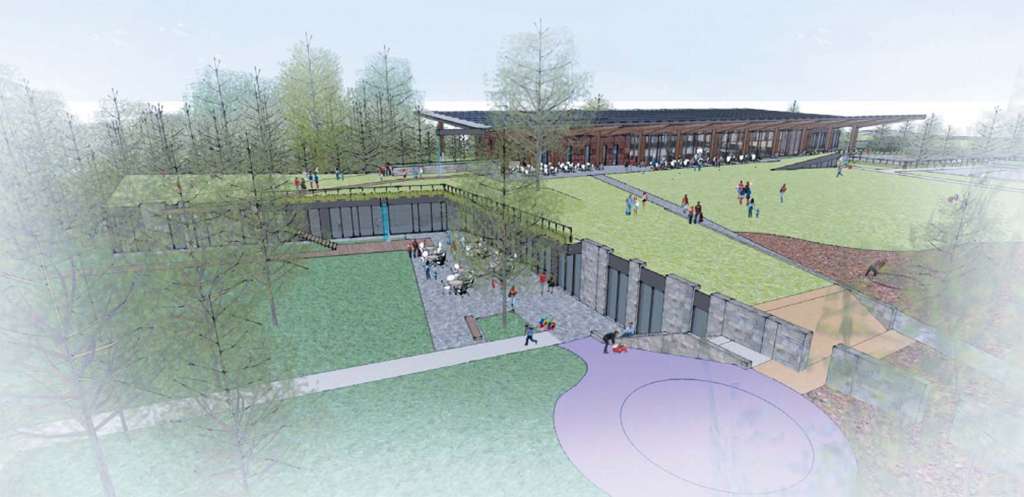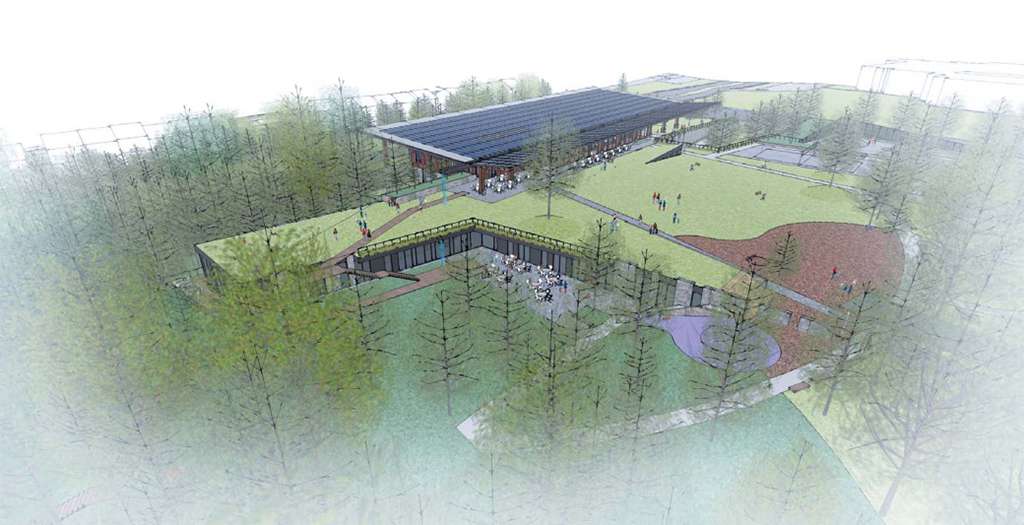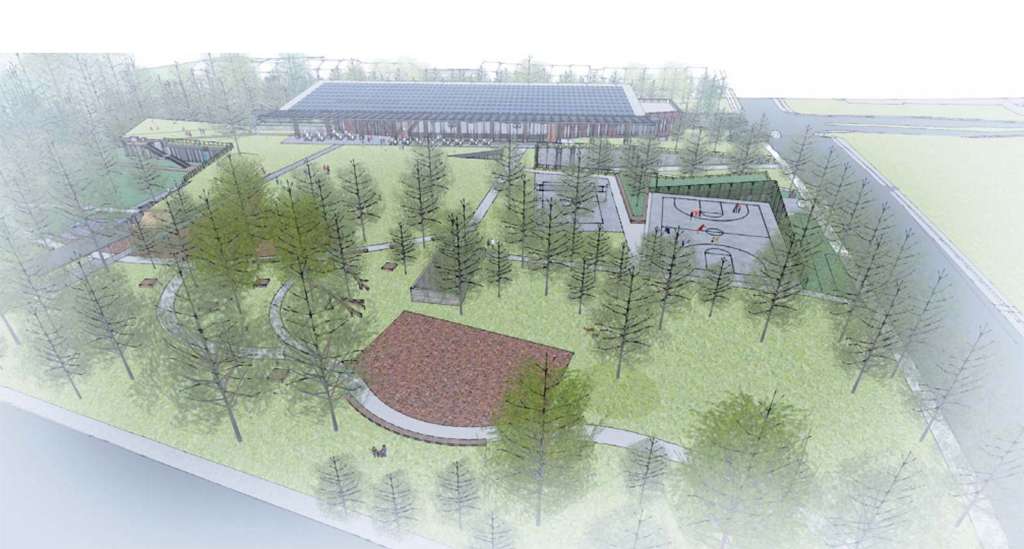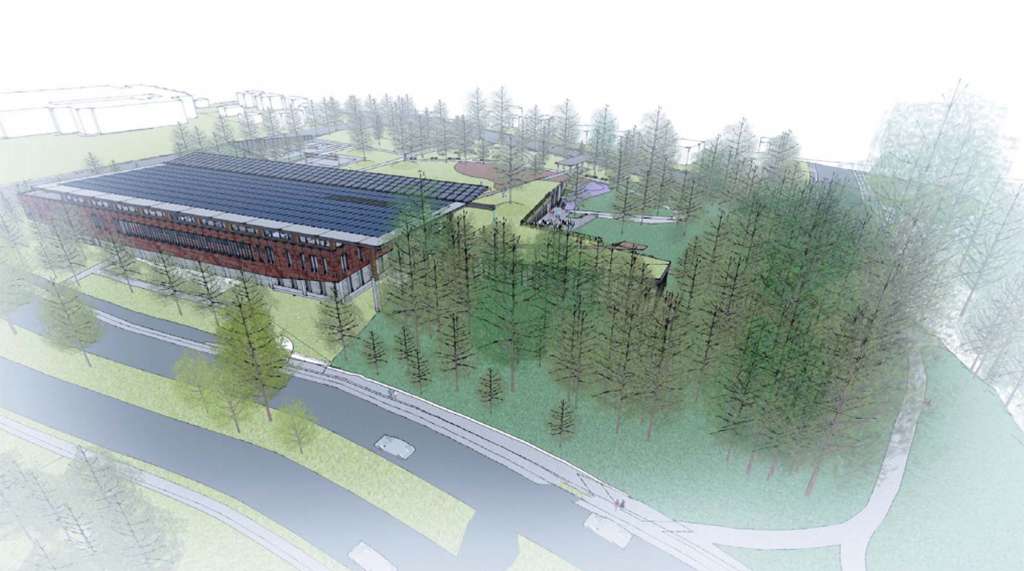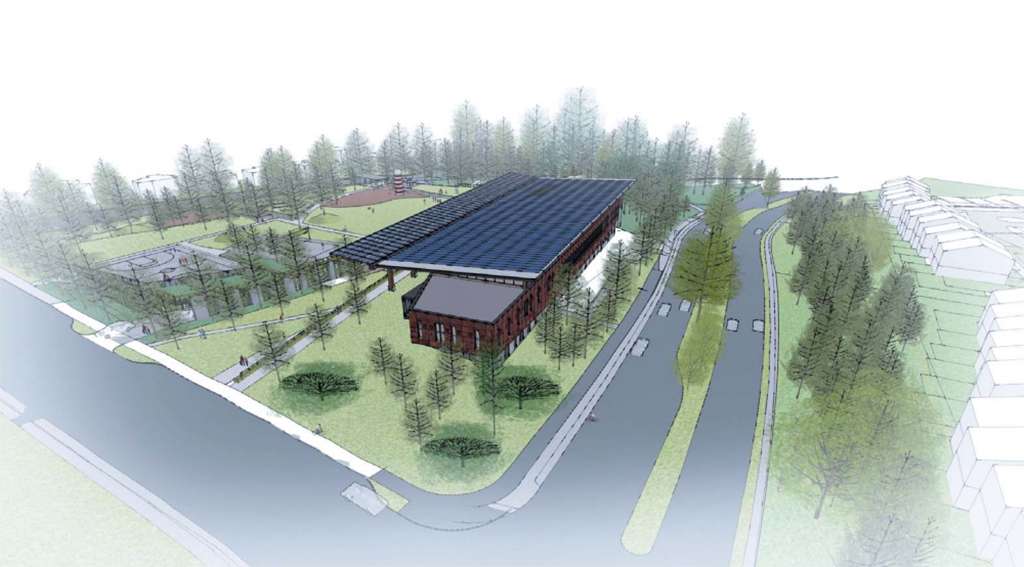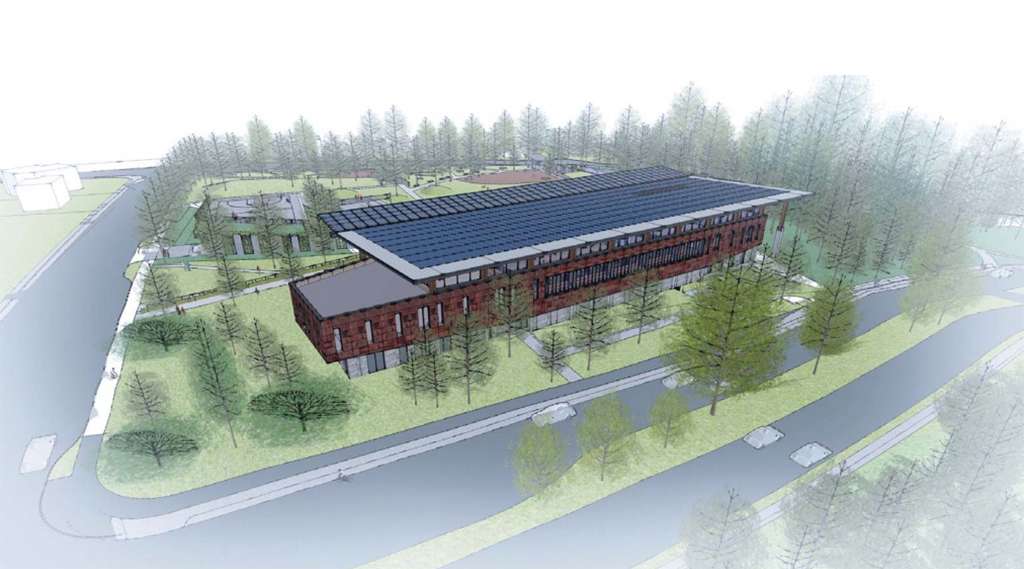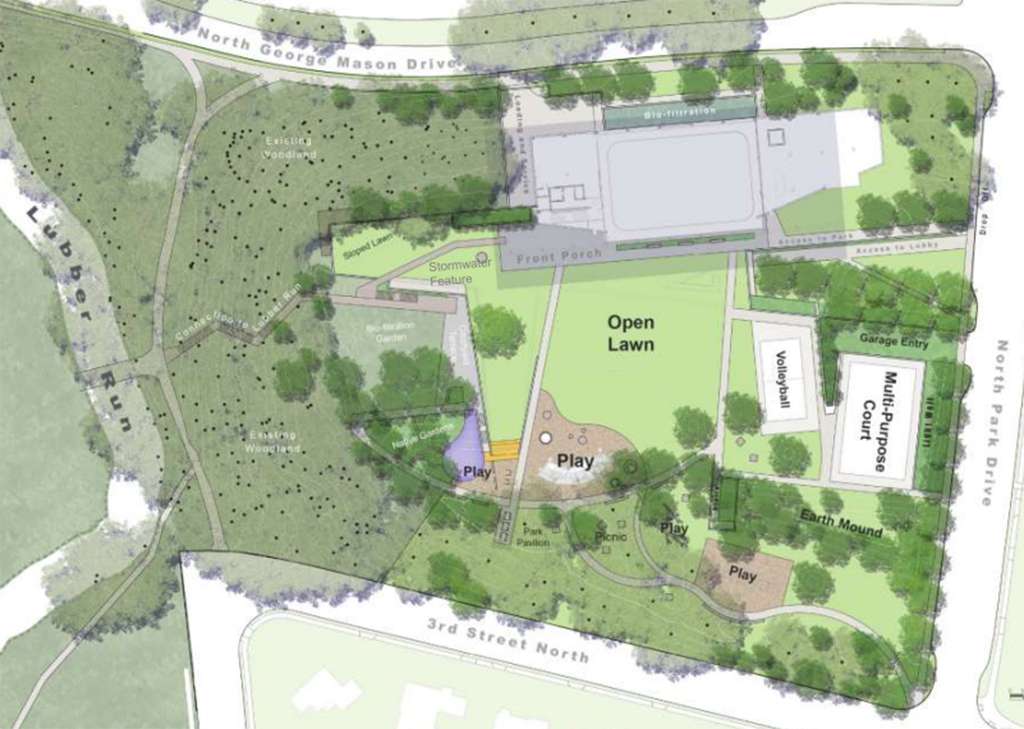Chester’s Billiards, Bar & Grill is no more after its landlord put its building in Nauck up for sale.
The billiards hall and neighborhood bar at 2620 Shirlington Road closed on Wednesday, October 25. Signs outside show the building, now abandoned, is up for sale. The Chester’s sign remains.
Chester’s had gone before the Arlington County Board on Tuesday, October 24 for a three-month review of its live entertainment permit. County staff had recommended before the meeting for a second time this year that the Board deny an extension of the permit.
But at the meeting, Rebecca Lewis, a managing member at Chester’s, said the building’s owner has decided to sell their property. Lewis said he did so because of the ongoing issues with the building’s elevator, which has led to criminal charges and will take more than $250,000 to fix.
Lewis also questioned staff’s data on calls to the Arlington County Police Department, as well as the violation of its ABC license. She said that several of the five police calls involved an employee who was caught embezzling funds and is now the subject of criminal proceedings, and said that there were people in the community who wanted to “sabotage the business.”
“It seems that there seems to have been, especially with the police department, a wanting to shut down this business,” Lewis said.
Adam Watson, a staffer at the county’s Department of Community, Planning, Housing and Development, also noted that Chester’s hosted two dance parties with 40-50 people despite not holding a permit to do so. In response, Lewis said that those events were music shows that did not qualify as dance events.
“It’s almost impossible to tell people when music is playing that they can’t move their bodies,” she said. “[We] never encouraged or had something that we called a dance event.”
In a brief statement to the Board, Chester’s manager David Breedlove stood by the bar’s arrest record, and said he was grateful to the police for their help.
“I want to thank the Arlington police department for setting me straight, but never, one time, was there an arrest at that bar,” he said. “Yes, there were problems down below.”
Board member Christian Dorsey said it is clearly “difficult” to run a business, but said he hoped the bar’s managers try again soon. In a unanimous vote, the Board denied an extension to the bar’s permit.
“Clearly this didn’t work out for you or the community, which is why we are where we are today,” Dorsey said. “But I certainly wish you luck in any future endeavors you are about to take.”


